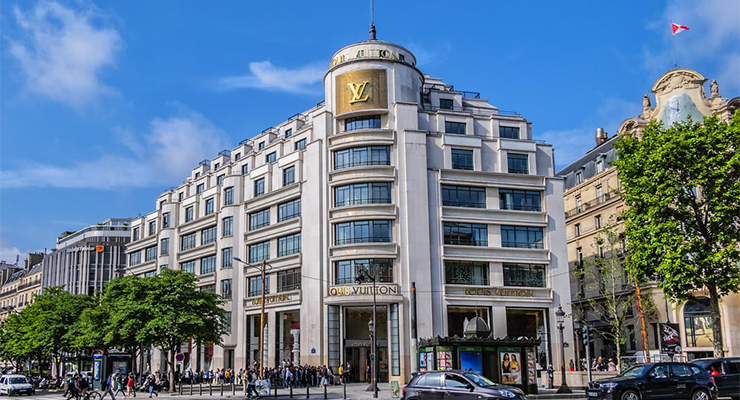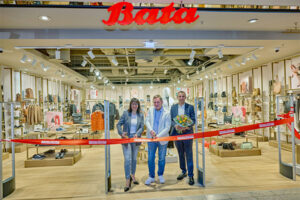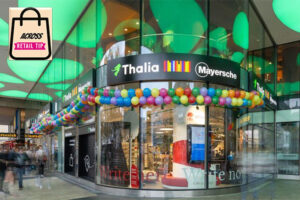Following several years of extraordinary increases, European retail sales of luxury goods returned to more modest growth levels in 2023 but still reached new record highs.
This boost to sales meant that European luxury retail sales recovered strongly in 2021 and 2022, posting 26% growth y-o-y in 2022 alone, according to GlobalData. In 2023, this slowed to 9% y-o-y, driven by a ‘reconnect’ between middle-income luxury shopper behaviour and economic conditions, reports Cushmand & Wakefield.
Almost 70 percent of new openings in the luxury sector were in the clothing, shoes and accessories segments, with a third of all openings belonging to LVMH, Kering and Richemont brands. Around 60 other brands and companies were responsible for the remaining part of all openings.
Over 40% of the recorded store openings in 2023 were in the key markets of France, Italy and the UK. The strength of demand in these three countries meant that average prime rental growth here was almost twice as high as the average for other luxury high street markets in Europe. These three countries also accounted for around half of all fashion openings in the luxury segment. In contrast, the jewelry and watch industry was more active in other European markets.
However, the report also shows that 2023 rent levels on high streets in Europe are still ten percent below 2018 levels, while rents on luxury high streets have returned to previous pre-pandemic highs.
“Retailer activity remains high and focussed on key luxury streets. However, vacancy in these highly-sought destinations continues to be constrained, challenging retailers’ opportunities to secure space, particularly for in-demand larger stores. These demand-supply dynamics are keeping upward pressure on rents and we have seen rents in luxury streets recovering at a faster rate than for all high streets across Europe,” states Robert Travers, Head of EMEA Retail at Cushman & Wakefield.
In addition, many brands are looking to expand the size of their stores in order to stock more product ranges and enable creative and innovative concepts, particularly in the area of exclusive in-store customer experiences. This is also a challenge due to the limited availability of appropriate space and the high competitive pressure in sought-after locations.
As for future market behavior, Cushman & Wakefield expects retailers to continue to focus on central luxury locations, while also expecting further rental growth. In addition, there is continued interest from luxury retailers in selected real estate investments for long-term strategic positioning.
For more information, you can find the full report under the following link.






